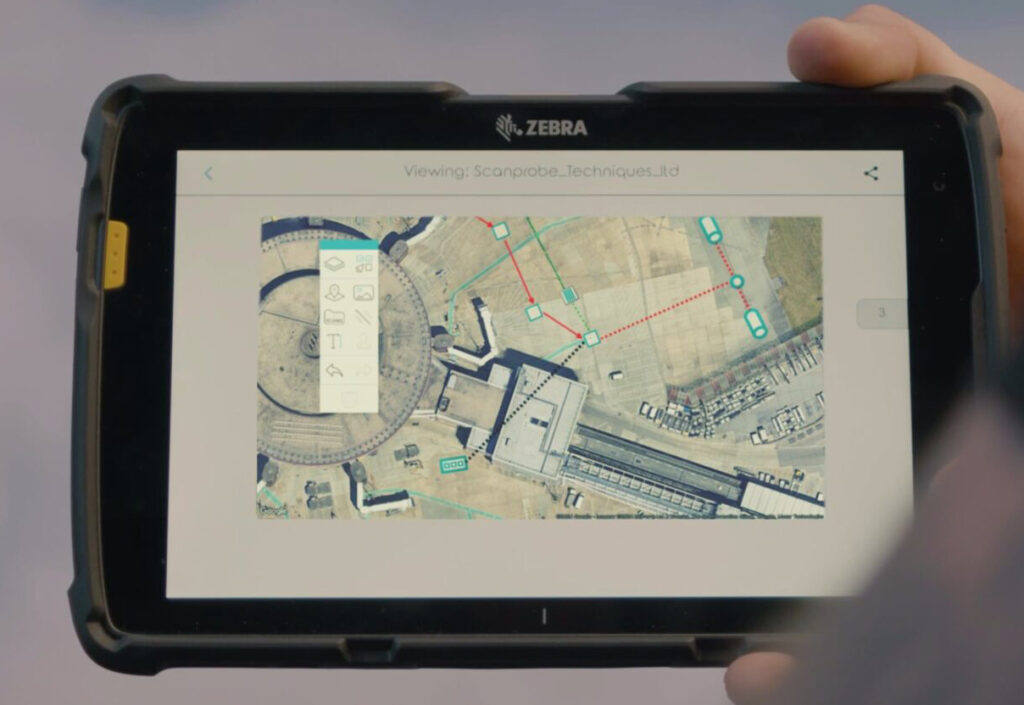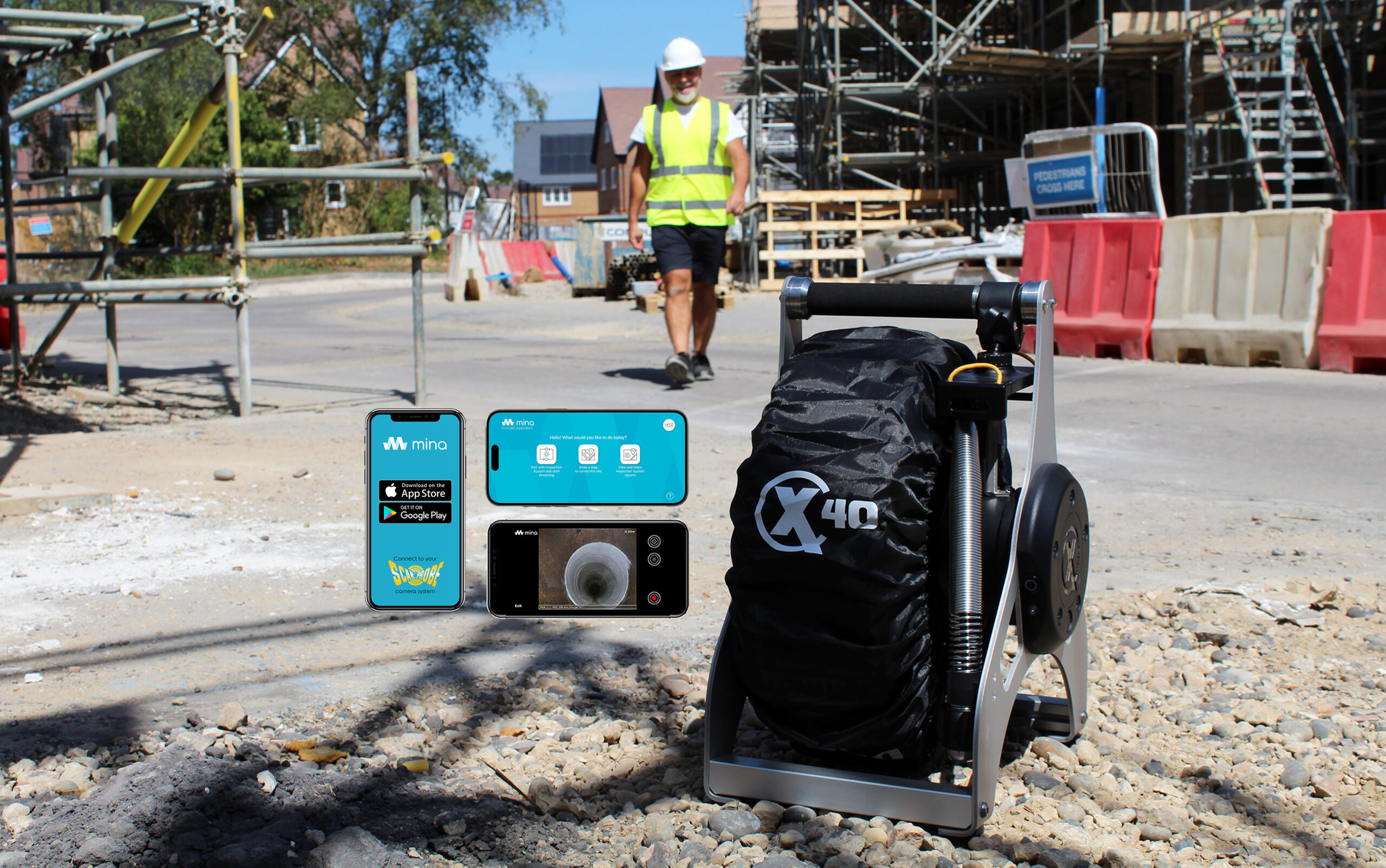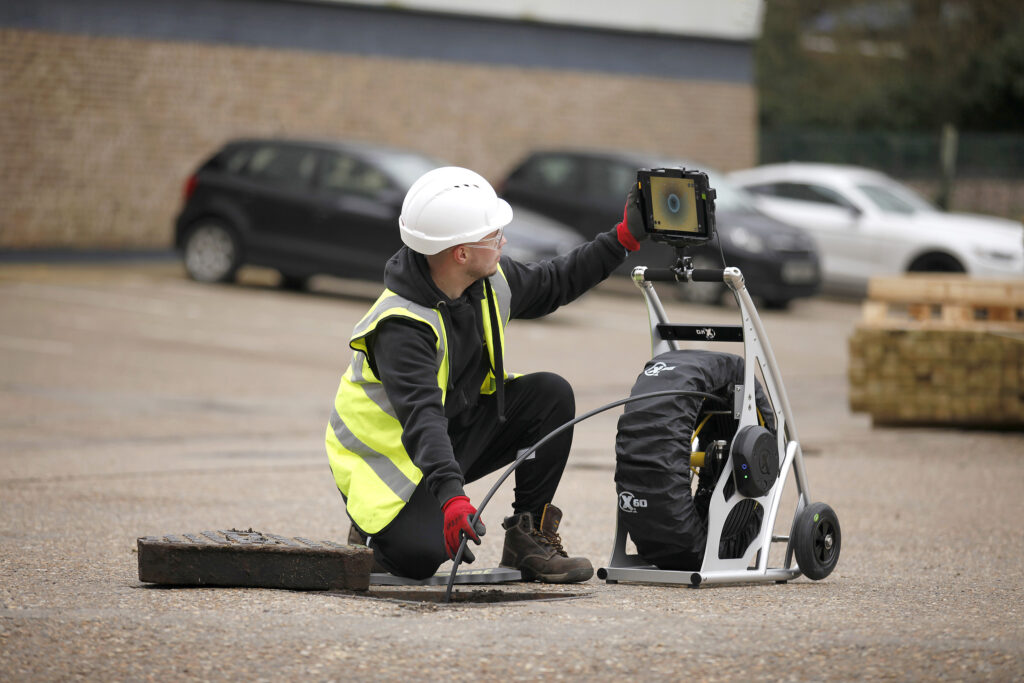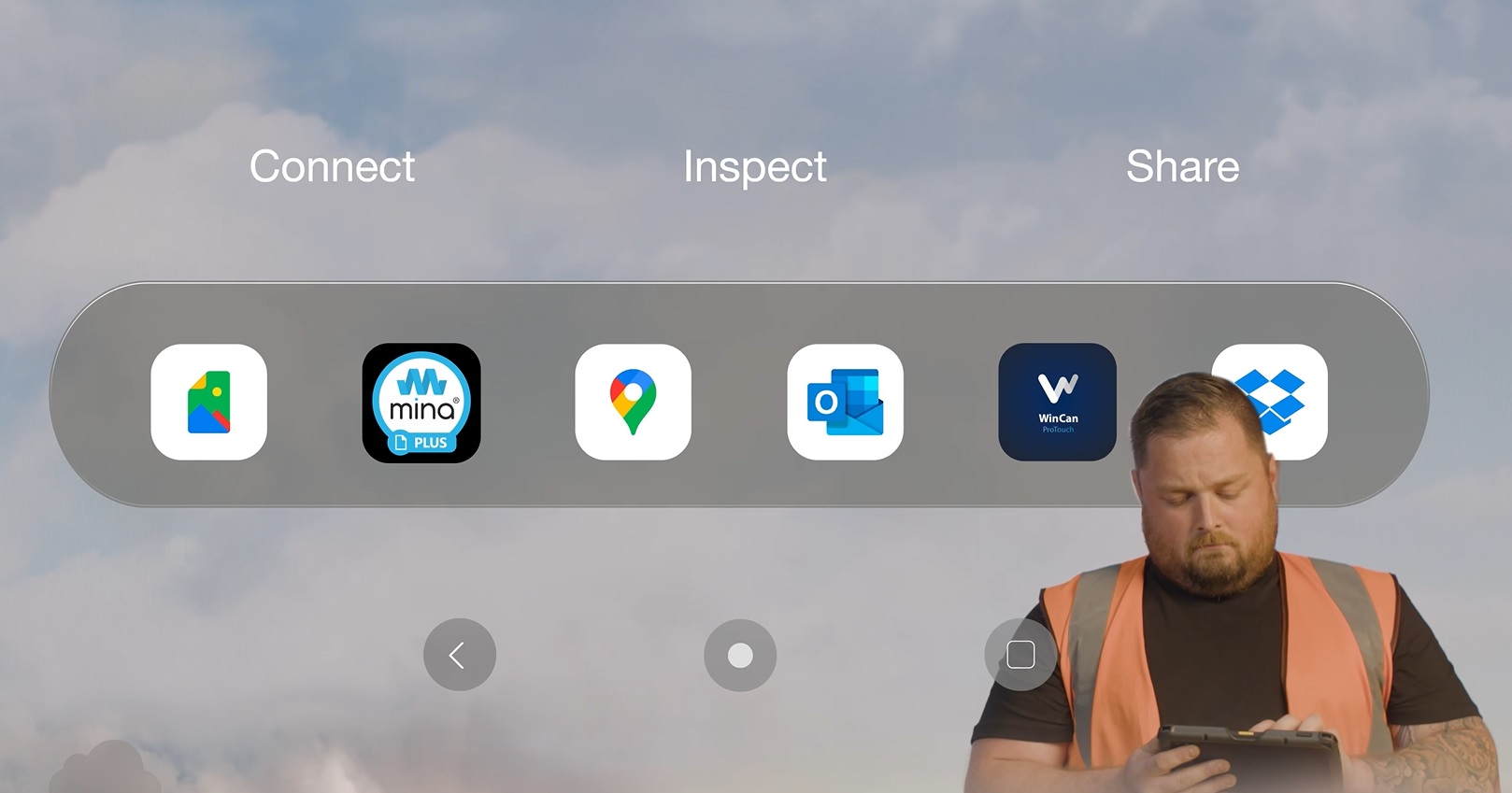Drain Survey Essential Information
A drain survey is a comprehensive inspection of drainage systems, typically conducted to assess their condition, identify any issues or defects, and determine the overall functionality of the system. Here’s some essential information about drain surveys:


- Purpose: Drain surveys are conducted for various reasons, including routine maintenance, pre-purchase assessments of properties, investigating drainage problems such as blockages or leaks, and compliance with building regulations.
- Methods: Drain surveys are typically performed using specialized equipment such as CCTV cameras mounted on flexible rods or drones for aerial surveys. These cameras allow inspectors to visually examine the inside of drains and sewer lines without the need for excavation.
- Components of a Drain Survey:
- * Visual inspection of the interior of pipes to identify blockages, cracks, leaks, root intrusions, and other defects.
- * Assessment of the overall condition and structural integrity of the drainage system.
- * Measurement and mapping of the drainage network.
- * Identification of any areas requiring repairs or maintenance.
- Types of Drain Surveys:
- * CCTV Drain Survey: Involves using CCTV cameras to inspect the interior of drains and sewer lines.
- * Manhole Inspection: Focuses on inspecting the condition of manholes, including covers, frames, and the surrounding area.
- * Pre-Purchase Drain Survey: Conducted before purchasing a property to assess the condition of its drainage system.
- Benefits:
- * Early detection of drainage issues, which can prevent costly repairs and minimize disruptions.
- * Detailed insights into the condition of the drainage system, aiding in informed decision-making for property owners, buyers, and maintenance teams.
- * Compliance with regulatory requirements, particularly for businesses and property owners.
- Cost: The cost of a drain survey can vary depending on factors such as the size of the property, the complexity of the drainage system, and the scope of the survey. However, it is generally considered a worthwhile investment considering the potential savings in repair costs and the peace of mind it provides.
- Frequency: The frequency of drain surveys depends on various factors, including the age of the property, the type of drainage system, and any previous issues encountered. As a general guideline, it’s recommended to conduct a drain survey at least once every few years for maintenance purposes.
- Qualified Professionals: Drain surveys should be conducted by qualified and experienced drainage engineers or technicians who have the necessary expertise and equipment to perform thorough inspections and accurately assess the condition of drainage systems.
- Report: Upon completion of the drain survey, a detailed report is typically provided to the property owner or client, outlining the findings, recommendations for any necessary repairs or maintenance, and sometimes including visual evidence such as CCTV footage or photographs.
- Maintenance and Repairs: Based on the findings of the drain survey, appropriate maintenance and repair work should be carried out promptly to address any identified issues and ensure the proper functioning of the drainage system.


Overall, a drain survey is a valuable tool for maintaining the integrity and functionality of drainage systems, helping to prevent problems and ensure efficient wastewater management.

